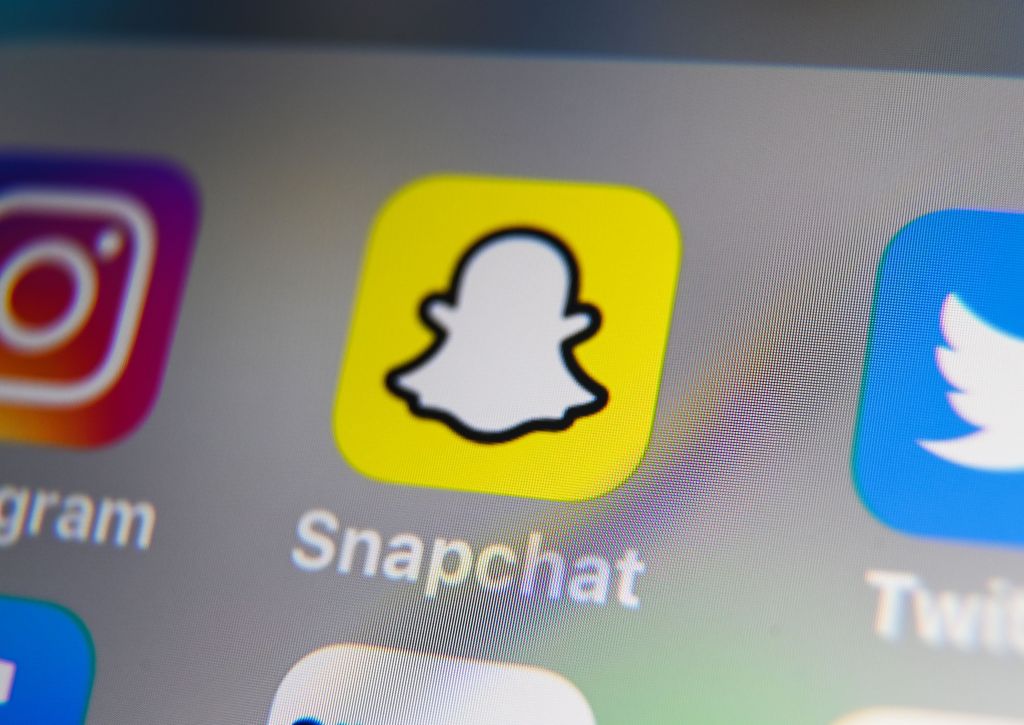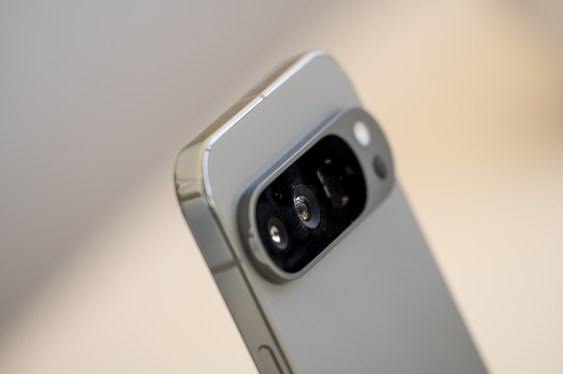YouTube and Snapchat were asked by lawmakers to defend whether or not their respective social media apps were appropriately rated on the U.S. app stores, given the nature of the content they hosted. In a line of questioning led by Senator Mike Lee (R-UT), Snap was given specific examples of the types of content found on its app that seemed to be inappropriate for younger teens. Both companies were also asked to explain why their app would be rated for different age groups on the different app stores.
For example, the YouTube app on the Google Play Store is rated “Teen,” meaning its content is appropriate for ages 13 and up, while the same app on Apple’s App Store is rated “17+,” meaning the content is only appropriate for users ages 17 and up, the senator pointed out.
Leslie Miller, YouTube’s Vice President of Government Affairs and Public Policy, who attended the hearing on behalf of YouTube, responded that she was “unfamiliar with the differences” the senator had just outlined with his question.
Snapchat’s Vice President of Global Public Policy Jennifer Stout, also wasn’t sure about the discrepancy when asked the same question.
In Snapchat’s case, the app is rated 12 and up on the Apple App Store but is rated “Teen” (13 and up) on the Google Play Store. She said she believed it was because Snapchat’s content was deemed “appropriate for an age group of 13 and above.”
The inconsistency with app ratings can make it hard for a parent to decide if an app is, in fact, appropriate for their kids, based on how strict their own household rules are on this sort of thing. But the issue ultimately comes down to each platform having different policies around app ratings. And because the app stores’ ratings aren’t necessarily consistent with similar ratings across other industries, like film and TV, parents today will often look to third-party resources, like Common Sense Media, news articles, online guides, or even anecdotal advice, when deciding whether or not to let their kids use a certain app.
Lee pushed on this point with Snapchat, in particular. He said his staff entered a name, birth date, and email to create a test account for a 15-year old child. They didn’t add any further content preferences for the account.
“When they opened the Discover page on Snapchat with its default settings, they were immediately bombarded with content that I can most politely describe as wildly inappropriate for a child, including recommendations for, among other things, an invite to play an online sexualized video game that’s marketed itself to people who are 18 and up; tips on quote, ‘why you shouldn’t go to bars alone;’ notices for video games that are rated for ages 17 and up; and articles about porn stars,” said Lee.
He wanted to know how Snap determined this content was appropriate for younger teens, as per the app’s rating on the app stores.
Stout responded by saying that Snapchat’s Discover section was a closed platform where the company chooses the publishers.
“We do select — and hand-select — partners that we work with. And that kind of content is designed to appear on Discover and resonate with an audience that is 13 and above,” she explained. Stout also seemed surprised that Discover would include the sort of inappropriate content the senator described. “I want to make clear that content and community guidelines suggest that any online sexual video games should be age-gated to 18 and above,” Stout said, adding that she was “unclear” why they would display by default for a younger user by default.
She went on to note that Snap’s publisher guidelines indicate the content must be accurate and fact-checked.
Lee’s response indicated he thought she was missing the point.
“I’m sure the articles about the porn stars were accurate and fact-checked,” he barked back. “And I’m sure that the tips on why you shouldn’t go to bars alone are accurate and fact-checked, but that’s not my question. It’s about whether it’s appropriate for children ages 13 and up as you certified,” he said.
The senator’s questions harken back to the ongoing moral panics from parents over teens’ use of social media — panics that have particularly impacted Snapchat with its ephemerality primed for teenage sexting.
However, the backlash over inappropriate Discover content actually spurred Snapchat to take action in the past — ahead of its IPO, of course.
The company in 2017 said it would begin to take a harder line on the sort of risqué and misleading images that had overrun the Discover section by implementing an updated set of publisher guidelines, which Stout also referenced during the hearing. But user reviews of the app in the years that followed have pointed out that Snapchat’s news section is filled with, as some young people described it: “cringe-worthy content” and “nonsense,” or “gossip, sex, and drugs.”
“The page is driven by clickbait, reality television news, and influencer fodder, with a smattering of TV networks and reputable news publishers, including ESPN, the Washington Post, and The Wall Street Journal,” a Vox report stated in June 2021. “Users complain that they’re frequently served tabloid-like content about influencers they don’t care about, or nonsensical clickbait that is best described as ‘internet garbage,’” it said.
This is likely the sort of content the senator’s team stumbled upon, too.
Of course, Snap has the right to curate whatever sort of publisher content it wants to — but there is a question here as to how well it’s actually curating and age-gating the content when it comes to its younger teenage users and whether that’s something that should be better regulated by law, not just left to the companies themselves to police.
“What kind of oversight do you conduct on this?,” Lee wanted to know about Snap’s curation of Discover.
“We use a variety of human review as well as automated review,” said Stout, adding that Snap would be interested in talking to his staff to find out what sort of content they saw that violated its guidelines.
(As an aside, reporters know well how this is often the response a big tech company will give when confronted with a direct example of something that contradicts their guidelines. They want the journalists to do the moderation work for them by itemizing the specific issues. They’ll then follow through and block or remove the violating pieces in question while downplaying the examples as a one-off they just missed by accident — instead of acknowledging this could be an example of a systemic problem. That’s not to say this is the situation with Snap, per se, but the tactic of acting shocked and surprised then demanding to know the examples is a familiar one.)
“While I would agree with you tastes vary when it comes to the kind of content that is promoted on Discover, there is no content there that is illegal. There is no content there that is hurtful,” Stout stated.
But Lee, whose questions mirror those from parents who believe age-inappropriate content is, in fact, hurtful, would likely disagree with that assessment.
“These app ratings are inappropriate,” Lee concluded. “We all know there’s content on Snapchat and on YouTube, among many other places, that’s not appropriate for children ages 12 or 13 and up.”
In a separate line of questing led by Senator Maria Cantwell (D-WA), Snap was also pressed on whether or not advertisers in Snapchat Discover understood what sort of content they’re being placed next to.
Stout said they did.
TikTok was not questioned by Lee on the nature of its content or app store age rating, but later in the hearing did note, in response to Senator Ben Ray Luján (D-NM), that its content for younger users was curated with help from Common Sense Networks and is “an age-appropriate experience.”







